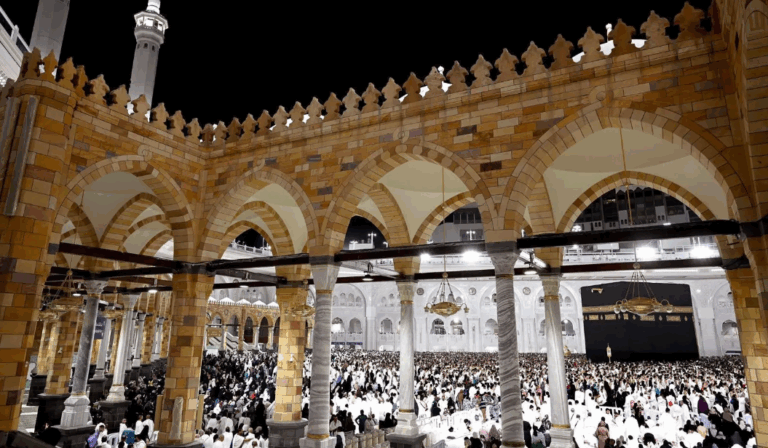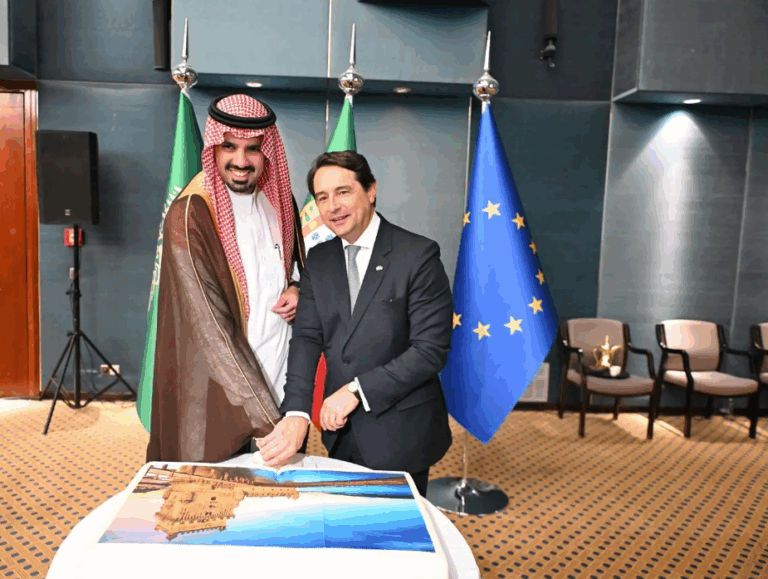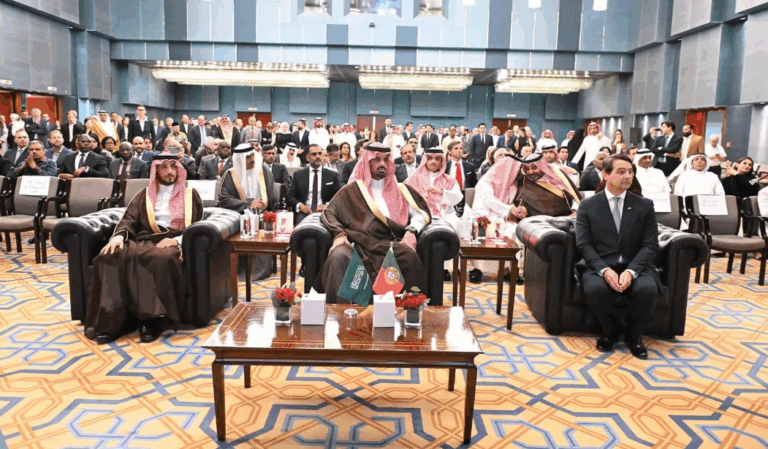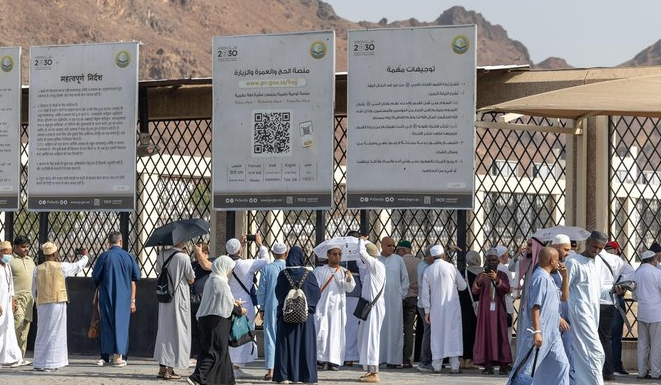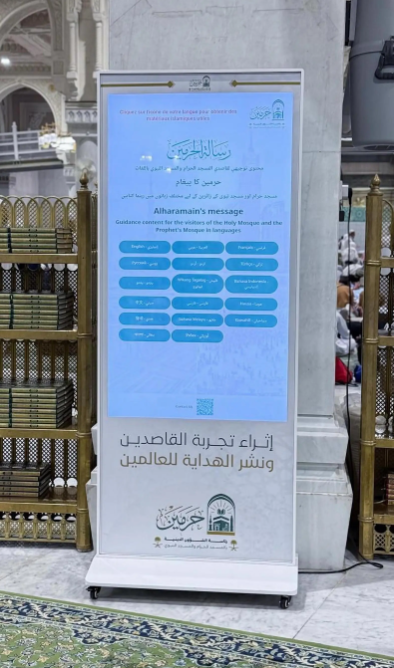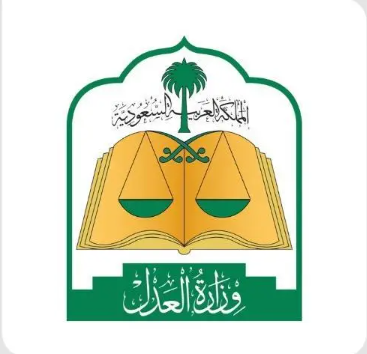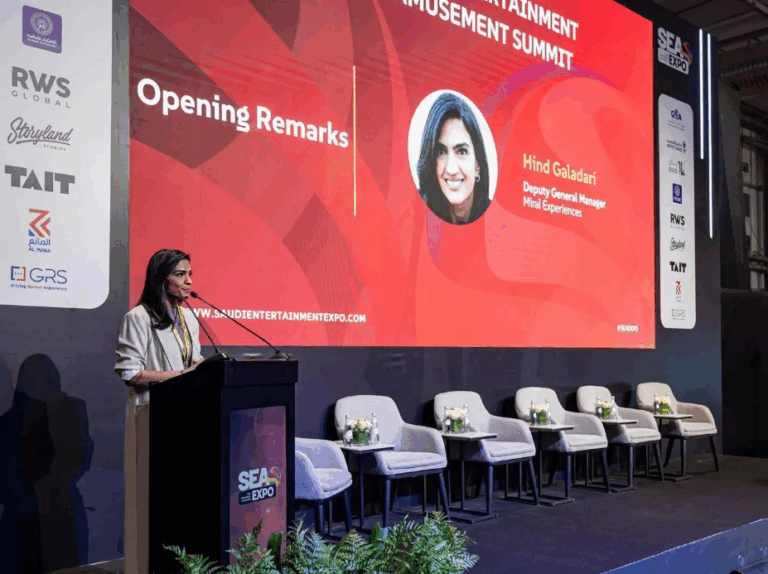**Headline:** Theater Play ‘Kahila’ Celebrates Saudi Camel Heritage
**Intro:**
The King Abdulaziz Public Library captivated young audiences with “Kahila,” a vibrant theatrical production blending art and education to explore the camel’s historic and cultural role in Saudi Arabia. Aligned with the Ministry of Culture’s Year of the Camel, the play combined music, dance, and storytelling to inspire pride in national heritage.
**Factbox (50 words):**
– **Event:** “Kahila” theatrical performance
– **Venue:** King Abdulaziz Public Library (Children’s Section)
– **Date:** December 24, 2024
– **Purpose:** Educate youth on camels’ cultural significance via songs, dances, and folklore themes.
– **Initiative:** Part of the Ministry of Culture’s “Year of the Camel” celebrations.
– **Audience:** Families, children.
**Celebrating Heritage: “Kahila” Enchants Young Audiences with Tales of Saudi Arabia’s Beloved Camels**
In a vibrant celebration of Saudi Arabia’s cultural legacy, the King Abdulaziz Public Library recently transported children into the storied world of camels through its theatrical production *“Kahila”*. Staged on December 24, 2024, as part of the Ministry of Culture’s *Year of the Camel* initiative, this imaginative play merged art, history, and entertainment to illuminate the timeless bond between the Kingdom and its “ships of the desert.”
### A Dynamic Journey Through History and Culture
Designed for young minds, *“Kahila”* transformed the library’s children’s section into a lively stage where camels took center role—not merely as animals, but as enduring symbols of Saudi identity. Through spirited songs, rhythmic dances, and dazzling costumes, the play unfolded tales of ancient caravans, Bedouin traditions, and the camel’s vital contributions to survival and society. Children watched wide-eyed as performers embodied camels, showcasing their strength across desert landscapes and their role in fostering community through trade and companionship.
The production cleverly wove educational themes into its narrative, highlighting traits like resilience, patience, and generosity—qualities deeply rooted in Saudi folklore. Interactive segments invited children to mimic camel gaits or join in call-and-response songs, turning passive viewers into active participants. “The play made learning feel like an adventure,” remarked one parent. “My daughter hasn’t stopped talking about the camel’s journey!”
### More Than a Beast of Burden: Camels as Cultural Icons
*“Kahila”* went beyond historical storytelling to explore the camel’s symbolic resonance in modern Saudi culture. The play emphasized how these majestic creatures remain woven into the national fabric, from their mention in poetry and proverbs to their celebration during festivals like the *King Abdulaziz Camel Festival*. By personifying camels as wise, loyal companions, the production underscored their role as emblems of hospitality and endurance—values central to Saudi heritage.
This artistic endeavor aligned seamlessly with the *Year of the Camel*’s mission to honor the animal’s socioeconomic and cultural impact. Once vital for transportation and milk, camels today symbolize pride and continuity, bridging past and present. The Ministry of Culture’s initiative, through events like *“Kahila”*, ensures this legacy thrives in the digital age.
### Reactions and Ripple Effects
Families praised the play for its ability to balance fun with cultural education. “My son now understands why camels are special to us—it’s more than just a lesson; it’s a connection,” shared another attendee. The library’s choice to host *“Kahila”* reflects its commitment to innovative education, using theater to spark curiosity about Saudi traditions among tech-savvy youth.
Moreover, the event highlighted broader efforts to preserve intangible heritage through engaging mediums. By targeting children, Saudi Arabia plants seeds of cultural pride early, fostering a generation that values its roots. As the Ministry of Culture continues to launch similar initiatives—from camel-themed art exhibitions to storytelling workshops—the Kingdom’s narrative remains alive, dynamic, and accessible.
### Conclusion: Carrying Legacy Forward
*“Kahila”* stands as a testament to the power of creative storytelling in cultural preservation. By transforming history into an immersive experience, the King Abdulaziz Public Library not only entertained but also instilled a sense of identity in its youngest visitors. As Saudi Arabia strides toward Vision 2030, blending tradition with innovation, programs like this ensure that the camel’s enduring story—and the values it represents—will continue to inspire generations to come.
For families and educators, *“Kahila”* serves as a reminder that heritage is not confined to textbooks but can leap off the page, dance across stages, and live vividly in the hearts of children. The camels may tread softly, but their cultural imprint runs deep, echoing through Saudi Arabia’s past, present, and future.
**1. What was the main objective of the theatrical production “Kahila” at King Abdulaziz Public Library?**
The main objective was to educate children about the historical and cultural significance of camels in Saudi Arabia through an engaging blend of theater, music, and dance, aligning with the Ministry of Culture’s Year of the Camel celebration.
**2. How did “Kahila” creatively engage children in learning about Saudi heritage?**
The play used vibrant costumes, interactive songs, lively dances, and age-appropriate storytelling to captivate children while teaching them about camels’ symbolic role in Saudi culture and values like patience and resilience.
**3. What cultural values associated with camels were highlighted in the “Kahila” performance?**
The play emphasized qualities such as patience, strength, generosity, and resilience—traits deeply rooted in Saudi folklore and tied to the camel’s role as a symbol of national identity.
**4. How does “Kahila” align with Saudi Arabia’s broader cultural initiatives?**
It supports the Ministry of Culture’s Year of the Camel celebration, which aims to preserve and promote Saudi heritage through innovative, interactive methods that engage younger generations.
**5. What artistic elements made “Kahila” accessible to young audiences?**
Colorful costumes, dynamic musical performances, and interactive storytelling were used to simplify complex cultural themes, ensuring the content was both entertaining and educational for children.
**6. Why are camels considered a symbol of Saudi identity, as portrayed in the play?**
Camels historically provided transportation, livelihood, and companionship in harsh environments, symbolizing resilience, hospitality, and adaptability—key values in Saudi Arabia’s cultural narrative.
**7. How did “Kahila” contribute to fostering pride in Saudi heritage among children?**
By blending entertainment with lessons about the camel’s historical importance, the play instilled a sense of connection to national traditions and pride in the Kingdom’s cultural legacy.
**8. What role does the King Abdulaziz Public Library play in cultural education?**
The library serves as a platform for events like “Kahila,” merging art and education to preserve Saudi traditions and ensure their transmission to younger generations in engaging ways.
**9. How did the Ministry of Culture ensure “Kahila” was suitable for children?**
The play was designed with age-appropriate storytelling, vibrant visuals, and interactive elements to maintain children’s interest while clearly conveying educational messages about cultural heritage.
**10. What was the public response to the “Kahila” theatrical performance?**
Families praised the event for its creativity and effectiveness in teaching children about camels, with parents appreciating the memorable blend of fun and cultural education.
**11. How does the Year of the Camel celebration reinforce Saudi traditions?**
Through events like “Kahila,” the celebration highlights the camel’s historical, economic, and symbolic roles, ensuring younger generations understand and value this aspect of their heritage.
**12. What historical roles of camels were showcased in “Kahila” beyond transportation?**
The play highlighted camels as sources of livelihood, companions in desert life, and symbols of hospitality, emphasizing their multifaceted contributions to Saudi society.
**13. How did “Kahila” balance education and entertainment for its audience?**
It combined lively performances, music, and humor with storytelling about camel-related traditions, ensuring children remained engaged while absorbing cultural and moral lessons.
**14. Why are interactive methods like theater effective in teaching cultural heritage?**
Theater engages multiple senses, simplifies abstract concepts, and creates emotional connections, making complex cultural narratives relatable and memorable for young audiences.
**15. What long-term impact might events like “Kahila” have on Saudi youth?**
By fostering early appreciation for heritage, such initiatives help youth value their cultural roots, ensuring traditions are preserved and passed on to future generations.
**CTA (Llamado a la Acción):**
¿Quieres vivir experiencias culturales únicas como esta? **Visita la página web de la Biblioteca King Abdulaziz** para conocer sus próximos eventos educativos y participa en las iniciativas del **Año del Camello**. ¡Sigue sus redes sociales y mantente al día con actividades que conectan a tus hijos con la herencia saudí de manera divertida y creativa! 🐪✨
**Conclusión:**
“Kahila” no solo fue un espectáculo teatral, sino un puente entre generaciones que revitalizó el amor por las tradiciones saudíes. Al fusionar arte, educación y patrimonio, esta obra demuestra cómo la cultura puede ser un recurso poderoso para inspirar a los más pequeños. Iniciativas como esta, respaldadas por el Ministerio de Cultura, aseguran que la riqueza histórica de Arabia Saudita siga viva, transmitiendo valores y orgullo nacional a quienes construirán el futuro del Reino.
**Agradecimiento:**
Gracias por acompañarnos en este recorrido por la magia de “Kahila”. En **WordPress Cultura KSA**, valoramos tu interés por descubrir cómo el arte y la educación transforman vidas. ¡Déjanos tus comentarios sobre cómo enseñas a tus hijos la herencia cultural y comparte esta nota para que más familias se unan a la celebración del #AñoDelCamello! 🌟
—
*¿Te perdiste el evento? Descubre más actividades culturales en [enlace del sitio web] o sigue @BibliotecaKAPL en redes sociales. ¡La herencia saudí está más viva que nunca!*

